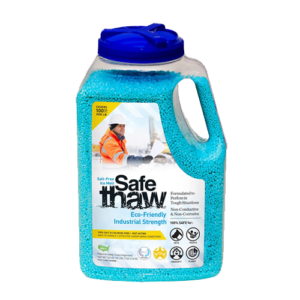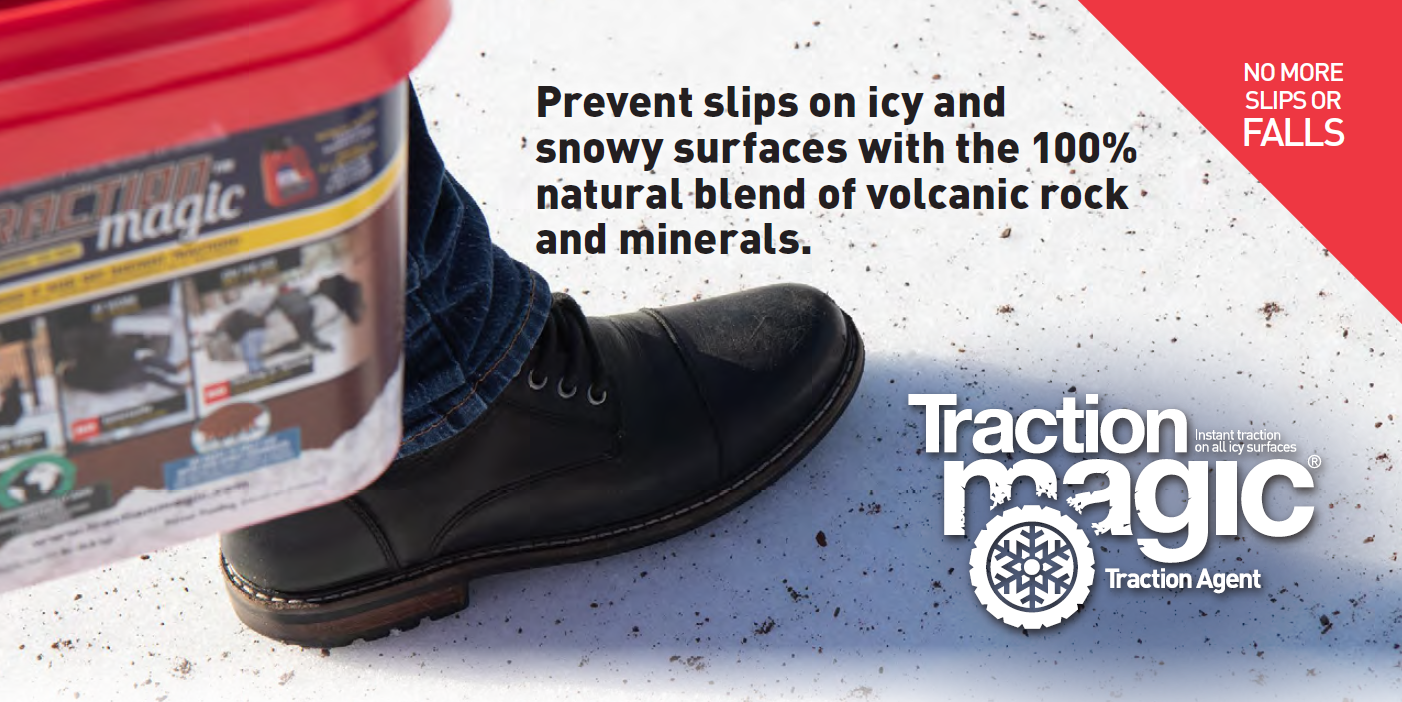How Does Salt Melt Ice?- The Scientific Reason
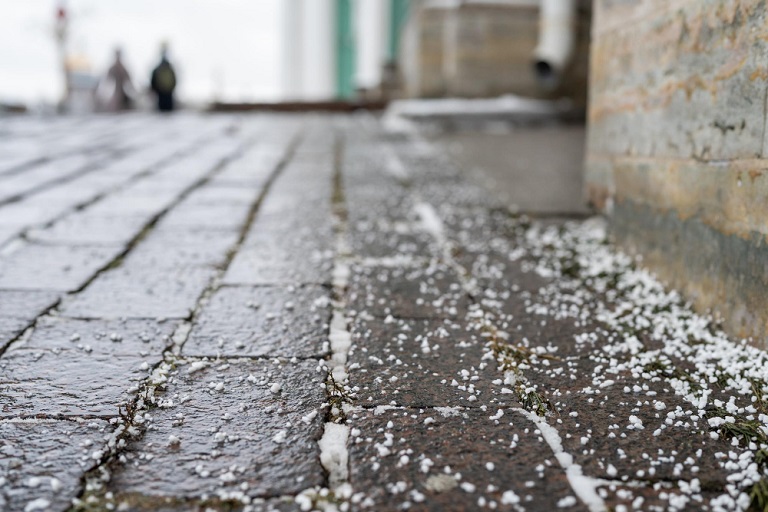
The first scientific discovery of how salt melts ice was made in 1822 by French chemist Claude Louis Berthollet, who found that adding salt to ice actually causes it to melt more slowly. This phenomenon has been observed ever since, and scientists have tried to explain why it happens. In this article, I’ll tell you why adding salt to ice makes it melt so slowly and how does salt melt ice.
When salt is added to ice, the ice melts more slowly than it would otherwise. This happens because salt lowers the freezing point of water below 32 degrees Fahrenheit. Salt that dissolves in liquid water will not dissolve in ice and therefore forms a barrier between the two phases that keeps them separate.
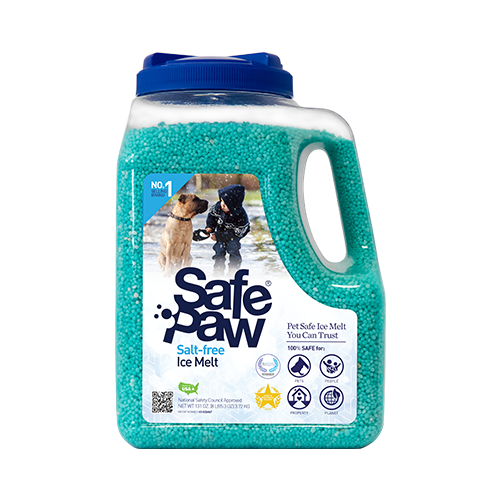
Safe Paw
The Original and the #1 Pet and Child Safe Ice Melt for over 20 years. Guaranteed environmentally safe – will not harm waterways and sensitive wetlands.
When you add salt to ice, you lower the freezing point of water. The freezing point is the temperature at which water freezes and turns into solid ice. Water freezes at 32 degrees Fahrenheit (0 degrees Celsius), so adding salt will allow it to freeze at a lower temperature than 32 degrees Fahrenheit. In other words, when you add salt, ice takes longer to melt because the freezing point of its water molecules has dropped below 32 degrees Fahrenheit.
How Does Salt Melt Ice?
The freezing point is the temperature at which liquid water turns into solid ice. When you add salt to water, molecules of salt attract molecules of water and disrupt their crystalline structure. This makes them more disorganized, allowing them to move around more freely in liquid form at lower temperatures than they would otherwise. In other words: when you put a bunch of table salt in icy water, it will start melting faster than it would without any added substance because the freezing point has been lowered by this disruption of molecular structure between particles.
Get ready for winter with the ONLY Pet Safe Ice Melt you can trust
How To Melt Ice On The Driveway?
Salt is corrosive when it comes into contact with metal or concrete surfaces such as driveways; It is vital to use a driveway salt that is non-corrosive and effective at all temperatures and surfaces. Safe paw ice melt is non-corrosive and will not damage your vehicle. It is a driveway salt safe for concrete, pets, and plants.
The use of salt to melt ice is an ancient tradition that is still around today. Using salt to melt ice has many benefits including safety for people who walk on slippery surfaces but it causes immense damage to the property, environment and pets. There are safer ways to melt ice.
Gaia Enterprises Inc. delivers 100% pet-safe and environmentally friendly winter products. Safe Paw, our flagship product, is the #1 selling pet-safe ice melt that does not harm pets, safe if ingested, and safe on all types of concrete.
Other Ice Melt Products
Traction Magic
Stay safe on slippery surfaces with a product that’s 100% natural and safe for pets, people, and your property. Use Traction Magic on sidewalks, steps, or as instant traction for your car.
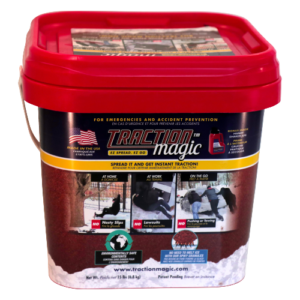
Safe Thaw
Imagine an ice melt you can put down and never worry about. It won’t harm pets, kids and your property. That’s Safe Thaw. Unlike anything else on the market, Safe Thaw can change how winter affects our planet.
